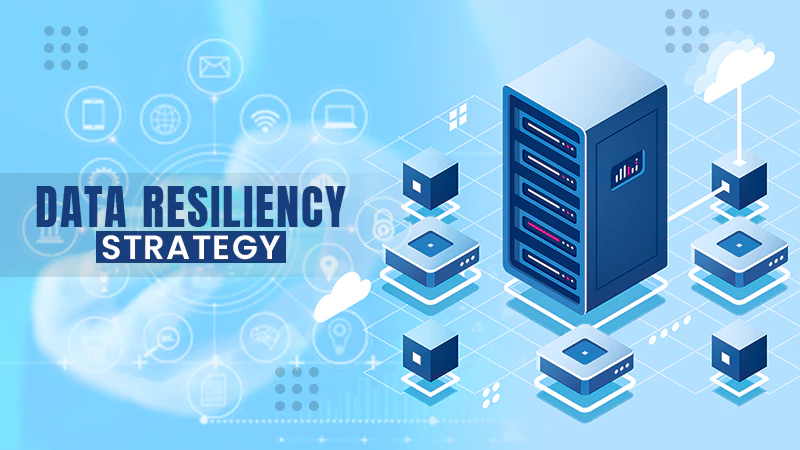
The current economic climate is marked by intense competition and rapid change, making the creation of new products an absolute requirement for even the most modest of businesses. Only when they keep their products current with the desires of consumers will small businesses be able to compete with large corporations.
A new product must go through a series of processes known as the process of generating a new product before it can be introduced into the market. This article will introduce you to the various stages involved in product development to make you understand how an idea can ab visualized and turned into reality. These steps begin with the product just existing as an idea with the help of a custom software product development company.
Phases of Product Development
Understanding different phases of product development will help you determine how the entire process works and what necessary changes you’ll be required to make in the future. The process of developing a new product for a small firm often consists of the following phases:
Producing New Ideas
This phase is where a company will start the process of looking for new product ideas. Consumers, competitors, the media, academic publications, internal personnel, and external vendors are all possible software development services for ideas for the development of new products.
It’s possible that smaller organizations don’t have access to as many different ways to develop ideas through technological study. Even many companies may outsource the services of product development from Saas. The ideas that are generated at this stage are of the utmost significance since they will act as a road map for the remaining stages of the process of developing a product.
Screening
It is essential to filter through all the outsourcing software development services ideas that have been developed. After assessing and filtering the different outsourcing software development services, one will choose the very finest of them. The organization conducts monthly surveys asking for feedback from its employees, customers, and other businesses in order to avoid squandering time and money on ideas that are improbable to become a reality.
The decisions that are made within a small firm are typically significantly impacted by external industry factors such as the level of competition, the laws, and the technical breakthroughs that are taking place. When all the ideas have been analyzed and evaluated, the business has determined that just a chosen few of them are practical enough to put into action.
Making Ideas Become Something Real
Research projects are carried out by the corporation to formulate forecasts regarding the product’s long-term costs, sales volumes, and profitability. The business conducts its analysis of the market using a framework known as SWOT, which takes into consideration the opportunities, threats, and weaknesses presented by the environment.
The objective of the marketing plan is to zero in on the types of customers who will derive the greatest value from the offering, which, in turn, will contribute to the process of market segmentation. It is essential for firms to segment the market since doing so enables them to hone in on their particular target demographic. The target market that has been identified should direct the majority of advertising decisions.
Creation of New Products
“Product development” refers to the process that, once completed, results in the manufacture of a movable or immovable good. The first step in the product development process is the production of a prototype, which will be utilized later on in the phase for the purpose of carrying out market research. When deciding whether to produce a product on a wide scale, business owners typically base their judgments on the findings of any tests that have been conducted.
Implementation and Commercialization
After the product has been designed and tested effectively, the next steps, which include production and marketing on a wider scale, can then be taken. This event will act as the vehicle via which the firm will introduce the new product to the audience in its entirety.
At this stage, the organization puts in marketing efforts and builds a marketing strategy to win the industry. The results of market research that is carried out during the phase of a project known as ideation have an effect not only on the date of a product launch but also on the location of the launch.
Tips to Consider During Stages of Product Development
Here are some essential tips that can help you to give your product a unique identity in the market!
- Discuss and Agree for Further Proceeding – Always refer back to the original visual documentation that your team created, look for areas of dysfunction, work together to find solutions, and then move forward to the next stage.
- Clearly Define Roles and Responsibilities of Individuals – Have meetings with your team and clearly define everyone’s role and responsibilities in product development. Assign them tasks, prepare drafts for the next step, and stay in the loop. Depending on the work you should also review the roles and responsibilities, this will help you effectively use the manpower.
- Evaluate Tools – There are many tools that will blow up your product on social media, carefully evaluate them. You can get help from a purpose-built product development tool for maximum results. Tools will help you speed up the process, so little help from AI will cause no harm.
- Carefully Assess Success Metrics – You are putting all your efforts into results, remember that performance is the realistic dimension of product success. You need to keep checking how your product is performing in the market, take a look at customer’s reviews, ask for feedback, and fix the problems faced by them.
Implementing these tips will help you design a successful product development strategy. Things are way more complex in the real world than in writing, you’ll need to modify your strategy depending on your product goals and futuristic aspirations.
The Bottom Line
Remember that there’s no shortcut to success, so if you want to design a successful product, you need to get involved in different stages of product development. Take a close look at competitors, see what different things they are doing, and plan accordingly. You need to know your competitors’ moves in order to beat them, so identify, analyze, and defeat your competitors, then only your product will be able to take charge of the market.







